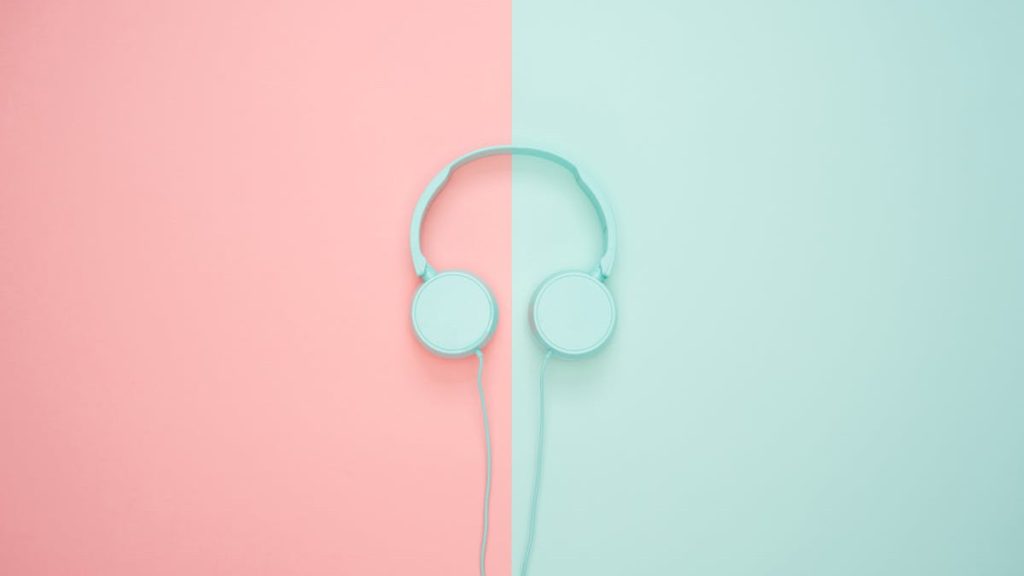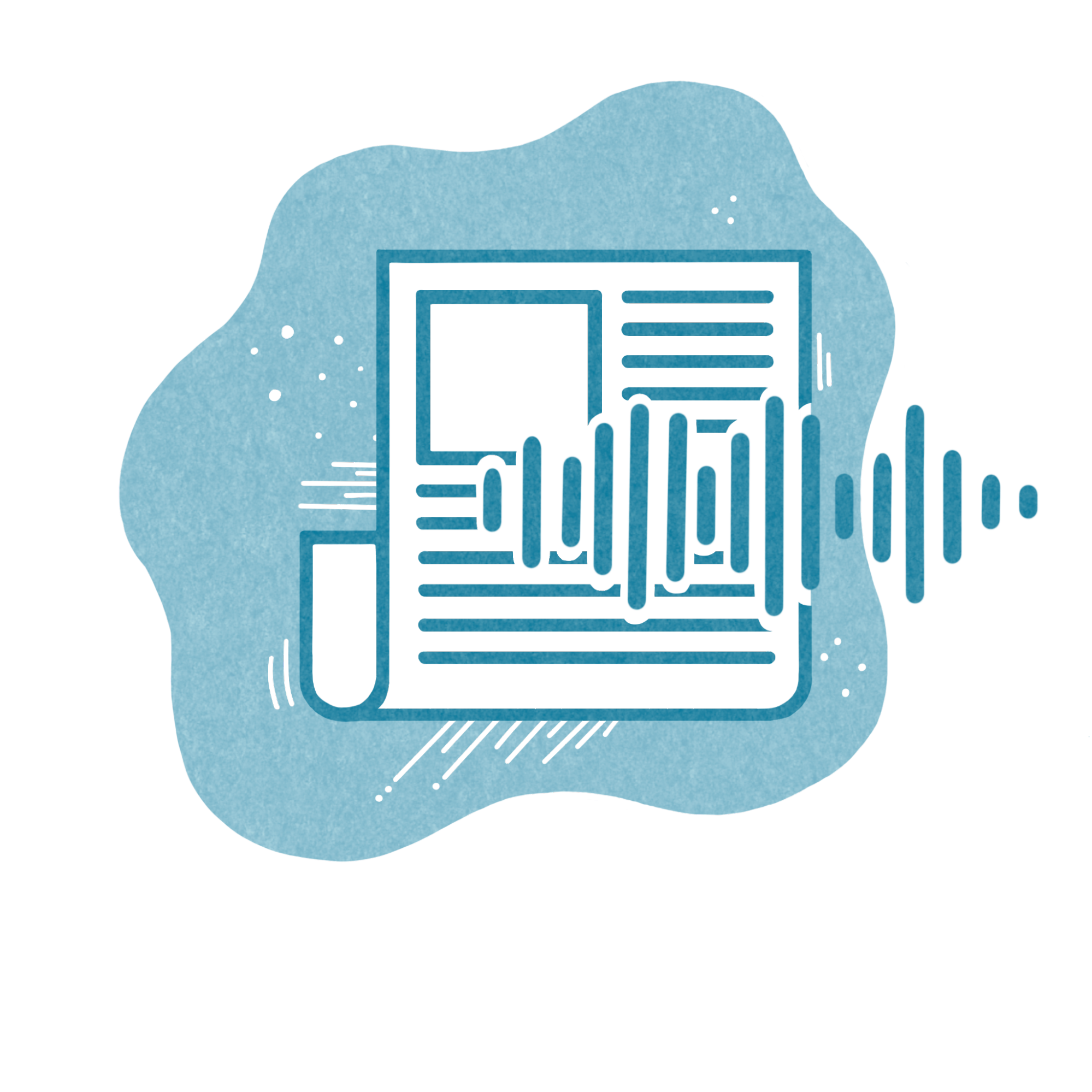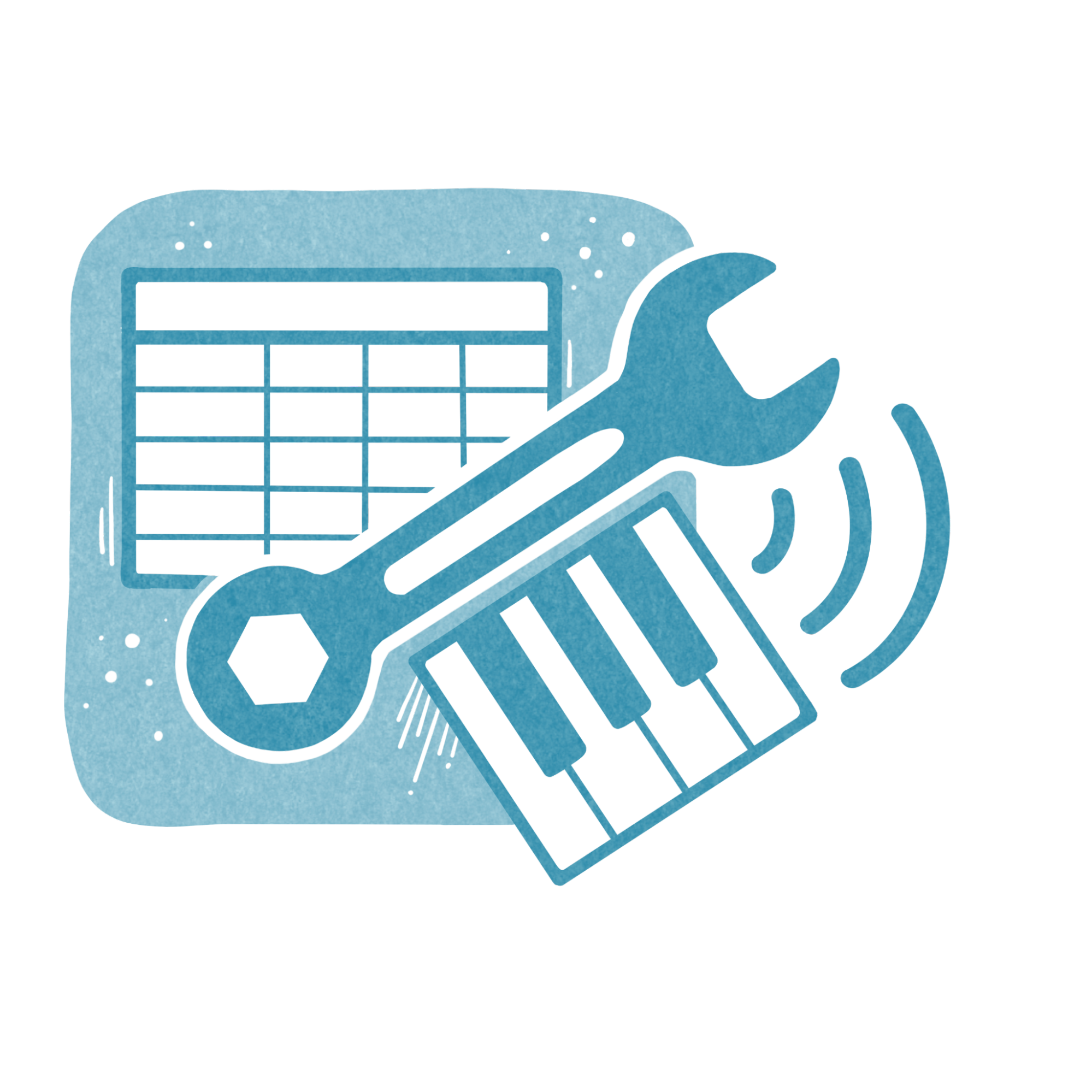
Breaking down the barriers to data sonification
How to get excited about this unique storytelling approach
What are journalists saying about sonification?
I’ve started talking with journalists, data editors, and audio producers about data sonification. As an advocate for sonification in journalism, I want to know what’s holding you back from using it as a storytelling method.
I’ve been asking: Do you think data sonification has potential in journalism? What are some challenges or barriers to entry for journalists when it comes to using sonification in your work? I’ve received some great feedback, and here are the highlights based on interviews I’ve conducted so far.
Share more examples
Since sonification still feels like an unfamiliar concept for many people, simply absorbing how it is being used in journalism could help to wrap one’s mind around the idea.
I spoke with Mike Janssen, digital editor at Current, who shared, “I think a collection of examples would be a good start. I myself would like to see that, because I haven’t done a lot of research into what’s been done and I would be curious just to explore existing projects.”
“Beyond that, if you could do a demo of yourself sonifying data live — let’s say that I have this set of data that I want to make a sonification out of, what are the different ways I could represent it sonically?”
Categorize sonification methods, from quick and easy to time-intensive
Journalists need to know that there are many ways to approach data sonification. It doesn’t have to be challenging or overly time-consuming, and it would be encouraging to learn about the range of methods, categorized from easy to difficult.
Make it fun
Journalists are ultimately creators. We are crafting stories, finding unique ways to share information. So it’s valuable to provide a fun outlet for people to get creative with data through sonification.
I spoke with Michael Corey, former senior data editor at Reveal (currently at Mapping Prejudice), who shared: “If you give yourself permission for like two days to work on something fun, it’s so restorative. And I think you often do really good work [that way], because something’s been hiding in your brain that you didn’t really know about that needed to get out. I feel like it comes out when you have the spirit of fun involved in it.”
Challenges to overcome: Lack of familiarity, time + cost, rigidity of methods
Not all newsrooms have the time or resources to explore new methods like data sonification. But for those journalists willing to test it out, it’s helpful to create a demo and bring it to their producer or editor — they just might be receptive to the idea.
Over the next several weeks, I will continue talking with people in the field of journalism to better understand how sonification can fit into the landscape, and to share this method with more of the community.
Art of archiving
For the idea to “click,” having a proof of concept is useful because it makes the idea tangible. Without concrete references, sonification remains abstract and unfamiliar. I realized that if I can start sharing more examples, journalists will be able to better understand what sonification is and even imagine other ways it could be used for your next news story.
There are some impressive resources out there that showcase a wide range of sonification compositions and projects. The Data Sonification Archive is a useful reference that contains an extensive collection of projects: 452 cases are currently listed at the time of this article’s publication (September 2024). The archive allows users to filter by topic, time frame, and context. There is even a “Data Journalism” filter. However, there are only a few examples listed in the Data Journalism category, and this portion of the archive could certainly include more projects. Another archive for sonification is the Sonification Art Blog, a collection of sonification pieces that appear in an artistic context.
In contrast to these archives, I want to focus specifically on cases of sonification in journalism. I want to provide an opportunity to explore how sonification has been implemented by journalists, podcasters and radio producers. So I’ve started building my own archive of examples. This is something I will include in the sonification toolkit, so that users have a source of learning and inspiration. Over the course of the next few months, I hope to collect enough project references to generate a comprehensive archive for users of this toolkit.

Example of the month
Inspired by my recent conversation with Michael Corey, this month I decided to showcase the data sonification work by Reveal from The Center for Investigative Reporting. Early sonification efforts from Reveal were spearheaded by Michael Corey and Jim Briggs, who collaboratively fused their data editing, storytelling, and musical composition skills to create an emotive and powerful narrative.
Here are three of Reveal’s data sonification projects worth checking out
- The sound of disparity: Data directed Silicon Valley diversity choir (April 14, 2018)
For this project, the Reveal team (led by Jim Briggs and Sinduja Rangarajan) worked with a choir in Oakland to represent data in the form of human voices. This choral sonification creatively highlights the lack of diversity within large tech companies in Silicon Valley, unveiling acute underrepresentation of people of color and women. Here is a segment of the piece focusing on company executives by race:
The project includes additional sonifications comparing race and gender across tech executives.
- A sonic memorial to the victims at Orlando’s Pulse nightclub (June 18, 2016)
This is a solemn piece, honoring the lives of 49 victims killed at the Pulse nightclub in Orlando on June 12th, 2016. It plays a cycle of notes representing each victim’s lifespan, with all of the notes ending simultaneously.
- Listen to the music of seismic activity in Oklahoma (June 13, 2015)
For this project, Michael Corey and Jim Briggs created a sonification representing the drastic increase in the rate of earthquakes in Oklahoma over the previous 10 years. They mapped bigger earthquake sizes to lower pitch and louder volume, creating a boomy, quake-like effect.
When I talked with Corey, we discussed the fact that there are many ways to approach sonification, and he shared: “We should be finding ways to lower the barrier [to sonification]. And I think the good news is that there are really fun ways to do that.”
Referring to the Silicon Valley diversity project specifically, he said: “I thought it really worked, and it was so much better than it would have been to just talk about that data. It was not rocket science — it was Excel and some people singing. So there’s many ways to do it, and I would just love to see more of that.”

Tool of the month
This month, I’m featuring another no-code, easy-to-use sonification application called the Highcharts Sonification Studio (a tool created by Highcharts and the Georgia Tech Sonification Lab). Working as a research associate with the Georgia Tech Sonification Lab this past year, I had the opportunity to spend time using this tool and to support the lab by creating tutorials for HSS, as well as a resource website.
HSS works well if you want to make an “audio chart” with a simple .csv file of data. Import your data set, adjust the visual and audio parameters, and create your own custom sonification.
The Georgia Tech Sonification Lab emphasized the potential for these audio charts to be implemented in a classroom setting, allowing students to learn basic math and physics concepts in a multimodal format. With that in mind, I created an audio chart sonifying gravity acceleration rates on Earth and Mars (respectively). Notice that objects fall further (lower pitch) on Earth than they would on Mars, in the same time frame:
Be sure to check out the additional documentation from Highcharts, which provides clear steps on how to use the sonification studio.
I still need your feedback!
When you have a moment, share Your Thoughts on Data Sonification, Please, to submit your feedback and help me build this resource. It will be a great help to hear from you!
Cite this article
Walmer, Aura (2024, Sept. 12). Breaking down the barriers to data sonification. Reynolds Journalism Institute. Retrieved from: https://rjionline.org/news/breaking-down-the-barriers-to-data-sonification/
